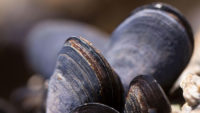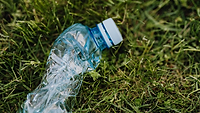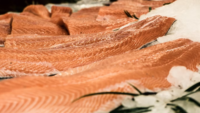An EU project that monitors contaminants in important seafood species from the Mediterranean Sea has discovered concerning levels of microplastics in the guts and stomachs of some fishery products.
The EU Adriatic Network for Marine Ecosystem (ADRINET) project samples fish and cephalopod species from three different sub-regions of the Mediterranean Sea, in fishing areas around Italy, Albania, and Montenegro. The presence of the major environmental contaminants, such as cadmium, microplastics, and antibiotics, are investigated in collected seafood samples.
Overall, contamination by cadmium and antibiotics in the studied seafood was negligible; however, microplastics were found in the stomachs and guts of all analyzed samples of two fish species from the three different bays. The highest value was observed in the stomach of Sparus aurata (gilt-head bream) from Castro Bay, Italy with an average value of six microplastics per sample, possibly due to the fact that Castro is the most anthropized bay among the three areas analyzed in the study. The lowest values were found in Boka Kotorska, Montenegro and Vlora Bay, Albania, where about two microplastics for each gut of Sparus aurata and Dicentrarchus labrax (European seabass) were detected, respectively.
The researchers highlight the need for further investigation into the presence of microplastics in seafood.




